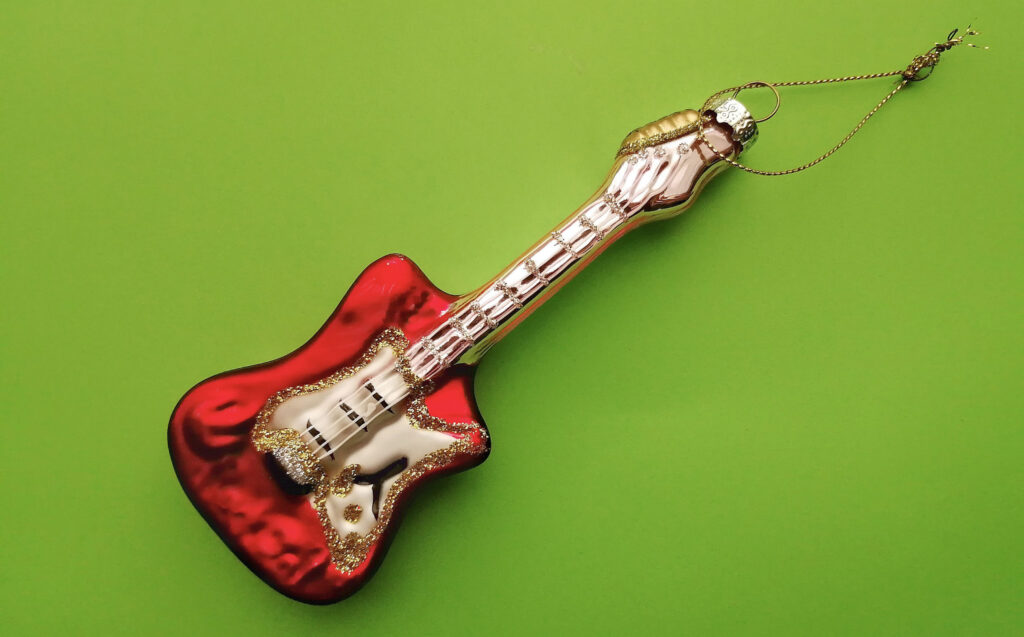Business owners and managers often perseverate over what type of music to play and what songs to play. Yet once the tunes start, the proper music volume is often forgotten about.
Music is an important aspect of many businesses and a key component of the customer experience at that business. The volume of the music playing, whether too loud or too low, can greatly impact the atmosphere and vibe of customers. Whether it’s a restaurant, a retail store, an automobile dealership, or even a medical office, getting the music volume right is key to creating a welcoming and enjoyable environment for all – customers and employees.
We’re writing here about recorded music, often referred to as overhead or background music. Live musicians/singers and live performances are a very separate matter.
The Loud Side Of Music Volume
When music is played at a volume that’s too loud, it can have a negative impact on the customer experience. For one, it can make it difficult to communicate with others in the establishment. Conversations can become strained or impossible to have, which can be especially frustrating when customers are trying to discuss purchases, ask questions, or talk with friends. This can create an overall sense of discomfort and frustration for customers, potentially leading them to feel like they’re not being heard or appreciated by the business. Off-putting is a word commonly associated with loud music.
Additionally, music that’s played too loudly can create a negative association with the brand. When customers remember the experience of the music being too loud, it can stick in their minds and influence their decision-making in the future. They may choose to avoid the business or recommend to others that they stay away, leading to a decrease in sales and an overall negative impact on the business’s reputation.
It doesn’t matter how much a customer likes or dislikes a particular song or genre, it’s about playing it at the right volume. And what’s too loud for one business setting, maybe just the right volume for another establishment.
Why The Volume
Music is a powerful tool for creating atmosphere and character in a business setting. What do you want the music playing to say about your brand, apart from the choices of songs and genre? Here are some guidelines for turning the music up or down:
- Customer Experience – The right volume of music can greatly enhance the customer experience. Too loud, and customers may feel overwhelmed or even uncomfortable. Too soft, and the music won’t be heard to have the desired impact. Finding the right balance, and adjusting the volume as needed, is key to creating a welcoming atmosphere that customers will enjoy.
- Brand Image – Yes, the genre and songs playing need to be on-brand. But the volume of the music playing can also greatly contribute to the overall brand image of a business. Exciting and up. Easy going and down. Energetic. Calm. These emotions can be influenced in part by music volume.
- Employee Comfort – The volume of the music should also take into account the comfort of employees. If the music is too loud, it can be distracting and lead to decreased productivity.
- Setting the Tone – Music volume can also play a role in setting the tone for a business. Oftentimes, the tempo and energy of the business space can be increased (or decreased) simply by turning the volume up (or down) without having to change the genre or playlist to more uptempo or down songs. Volume correlates greatly to the pace, momentum and vitality (or calmness) of a business
How To Choose The Proper Music Volume For A Business
We wrote that what’s too loud for one business setting may be just right for another.
Here are some important factors to consider when adjusting the volume of the music in your business:
- Number of People – The number of people in the room also has an impact on the volume needed. This is likely the number one factor in the music being too loud or too soft. When the room is crowded, the volume may need to be increased to compete with the background noise level. The number of customers at any business ebbs and flows. Often, this necessitates adjusting the volume in actual time as the number of people grows or shrinks. This is especially true with restaurants, lounges, bars, clubs and hospitality spaces but can also be true for some retail locations.
- Volume of People Talking – The volume of people talking should also be taken into account when adjusting the volume of the music. A crowded room with many people talking may require the music volume to be increased to compete with the noise level. Twenty people shopping at retail stores won’t be as loud as twenty people for Friday happy hour at the restaurant bar.
- Room Size – The size of the room is a crucial factor in determining the right volume for the music. A smaller room may require less volume to fill the space, while a larger room may need more volume to achieve the desired effect.
- The Number of Speakers – One speaker trying to fill any space will sound too loud close and too soft far away. Calculate how many speakers are needed to correctly fill the space with music at the correct volume from anywhere in the room.





